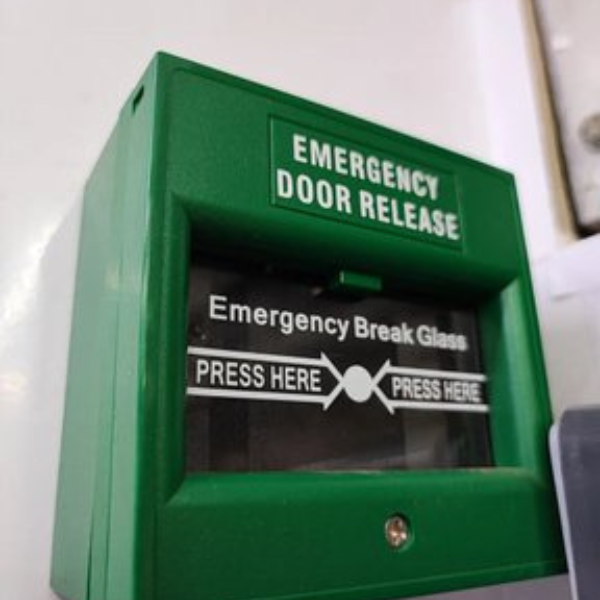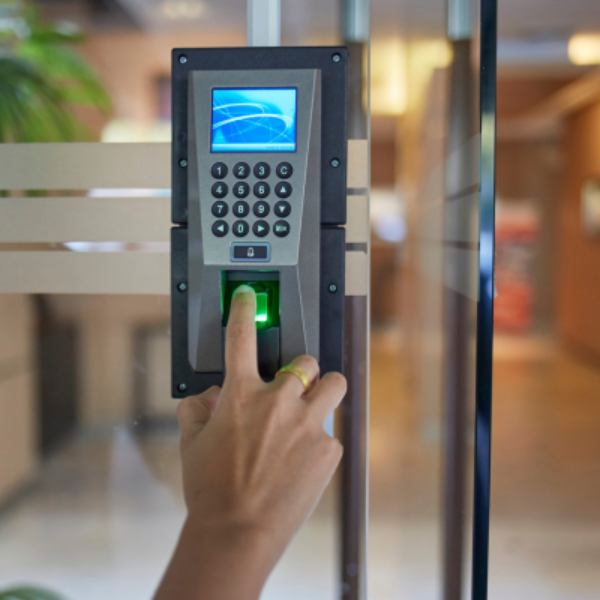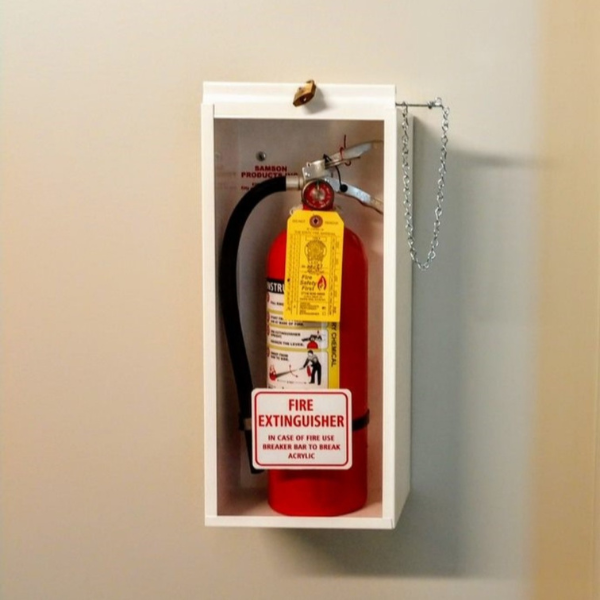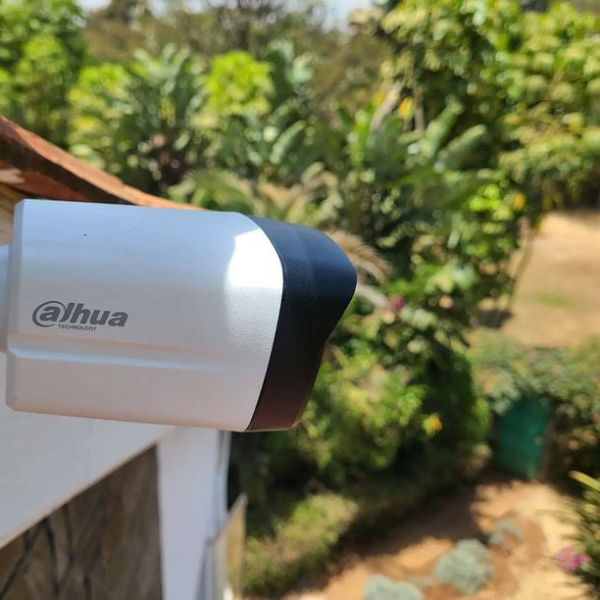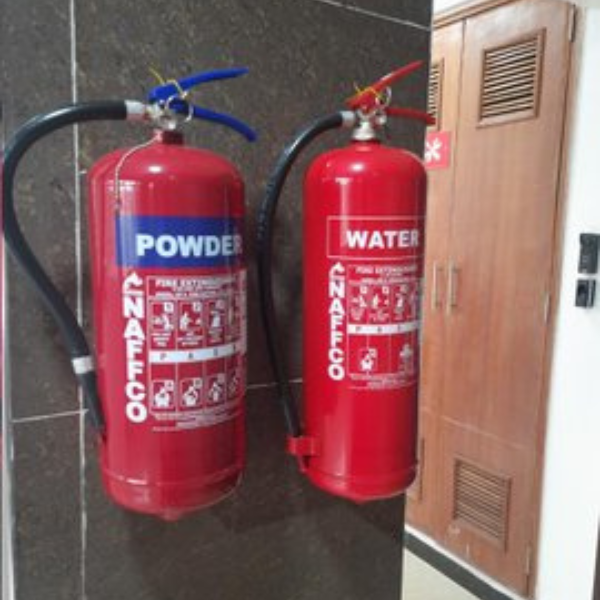Products & Services
Fire Drills
We conduct fire drills to help organizations and individuals practice and refine their evacuation procedures, ensuring preparedness in the event of a fire.
Fire, Health, and Safety Training
Our training programs cover essential fire, health, and safety procedures, equipping individuals and organizations with the knowledge and skills to handle emergencies effectively.
Service and Maintenance of Fire and Security Equipment
We offer comprehensive service and maintenance packages to keep all fire and security equipment in optimal working condition, providing regular inspections and repairs.

Fire Extinguishers
Our fire extinguishers are designed to handle a variety of fire types, ensuring immediate response and safety. We offer different types suitable for domestic, commercial, and industrial use.
Class A fires (ordinary combustibles like wood, paper, and cloth).
These extinguishers use water to cool and douse fires. They are not suitable for electrical or flammable liquid fires.
Class A and Class B fires (flammable liquids like petrol and oils).
Foam extinguishers create a blanket of foam that smothers the fire, preventing oxygen from reaching the flames. They can also cool down solid combustibles.
Class A, Class B, and Class C fires (flammable gases).
These extinguishers use a dry chemical powder to interrupt the chemical reaction of the fire. They are versatile and can be used on various types of fires.
Class K fires (cooking oils and fats).
Wet chemical extinguishers use a special solution to cool and extinguish fires caused by cooking oils and fats. They also help prevent re-ignition.
Class A, B, and C fires.
These extinguishers use a clean, non-conductive agent to put out fires. They are ideal for use in sensitive areas like data centers and offices, as they leave no residue.
CCTV Cameras
We offer high-quality CCTV camera installations for enhanced security surveillance, suitable for homes, businesses, and public areas. Our systems include both wired and wireless options.
They offer a wide viewing angle and can be equipped with features like infrared night vision and PTZ capabilities. Their design helps deter vandalism due to their tamper-resistant construction.
These cameras are weatherproof, making them suitable for harsh conditions. They are often equipped with night vision and high-resolution lenses for clear imaging over long distances.
They provide flexible coverage and can track moving objects. PTZ cameras often come with high-resolution capabilities and advanced features like auto-tracking and preset positions.
They provide high-resolution video, support remote viewing, and can be integrated with other networked systems for enhanced security. IP cameras also offer advanced features like motion detection, alerts, and analytics.
They offer night vision capabilities, allowing for effective monitoring around the clock. These cameras are often used in both indoor and outdoor environments where visibility is a concern.
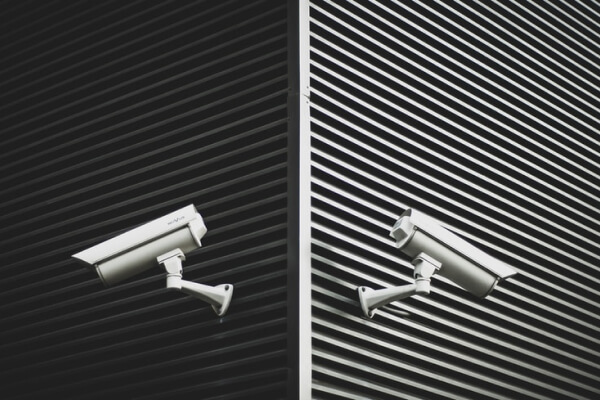
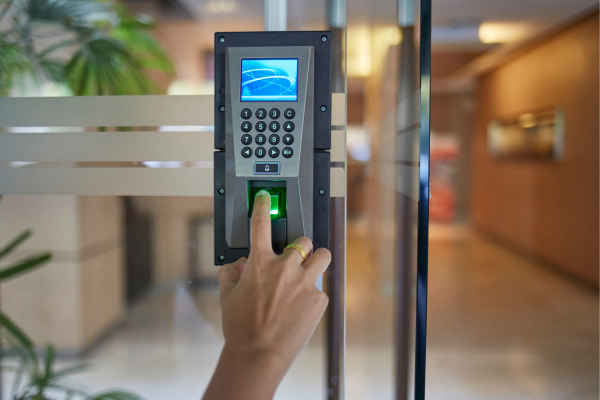
Access Control
Our access control systems provide secure and controlled entry to buildings and restricted areas, ensuring only authorized personnel have access.
Users gain entry by typing a numerical code into a keypad. It’s a straightforward and cost-effective system for controlling access to doors and other entry points.
Users use a physical card or fob with embedded electronic information to gain access. The card is swiped or held near a reader, making it easy to manage who enters and exits.
This system uses unique physical characteristics, such as fingerprints, iris scans, or facial recognition, to verify identity and grant access. It offers a high level of security by relying on individual traits.
Smart locks are controlled electronically and can be accessed through smartphones, keypads, or biometric scanners. They allow remote access and control, making it convenient to manage entry even from afar.
Users access the system by holding a proximity card or fob close to a reader. The system detects the card wirelessly, allowing quick and contactless entry without needing to insert or swipe a card.
Fire Alarm Systems
Fire alarm systems detect smoke, heat, or flames and alert occupants through alarms and notifications. They typically include detectors, control panels, and alarms, and can be connected to emergency services.
Each detector and alarm has a unique address, allowing the system to pinpoint the exact location of a fire. They are more detailed and suitable for larger buildings.
These systems divide a building into zones. When a fire is detected, the system tells you which zone has the problem. They are simple and best for small buildings.
These systems use radio signals to communicate, so no wiring is needed. They are easy to install and great for buildings where running wires is difficult.
These systems provide precise monitoring by adjusting sensitivity levels based on the environment. They are advanced and ideal for complex setups.
These systems work with other building systems, like security or HVAC, to coordinate responses. They are useful for large buildings with multiple systems.
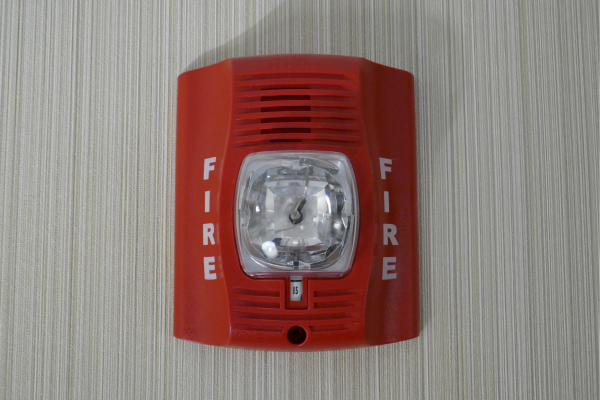
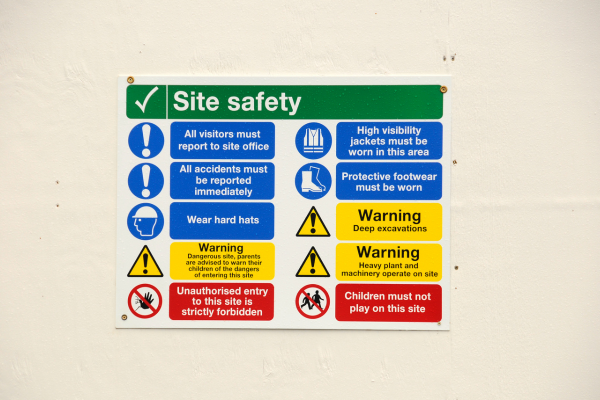
Safety Signs & Notices
Safety signs and notices are visual indicators that provide essential information about safety procedures and emergency exits. They help guide people in case of an emergency and ensure that fire safety protocols are followed.
Indicate the location of emergency exits and evacuation routes. They help guide people to safety during an emergency.
Show the location of fire extinguishers. These signs ensure that fire-fighting equipment is easily accessible when needed.
Alert people to potential hazards or dangers, such as electrical panels, high-voltage areas, or flammable materials. They help prevent accidents by highlighting risks.
Specify actions that must be taken to ensure safety, such as “Wear Safety Goggles” or “No Smoking.” These signs enforce safety rules and regulations.
Provide crucial information about emergency procedures, such as first aid instructions, emergency contact numbers, or assembly points. They are essential for guiding people during emergencies.
Fire Hydrant Systems
Fire hydrant systems provide a reliable water source for firefighting. Hydrants are installed in strategic locations, allowing firefighters to quickly access water to combat fires. The system includes hydrants, water supply lines, and controls, ensuring efficient water delivery during emergencies.
These hydrants have water always available in the barrel and are commonly used in areas where the climate does not cause freezing. They allow for immediate access to water for firefighting.
These hydrants have a valve at the base that prevents water from entering the barrel when not in use, making them suitable for cold climates where freezing could be an issue. Water flows only when the hydrant is in use.
These hydrants include a valve located underground that can be accessed through a post on the surface. They are used to control the water flow to the hydrant and are often seen in large commercial or industrial settings.
These hydrants are connected to a vertical pipe system within a building or structure. They provide water to internal sprinkler systems or hoses and are commonly used in high-rise buildings.
These hydrants are similar to dry barrel hydrants but are designed specifically for use with internal standpipe systems. They are used in buildings where the water is not stored in the standpipe but delivered from an external source.
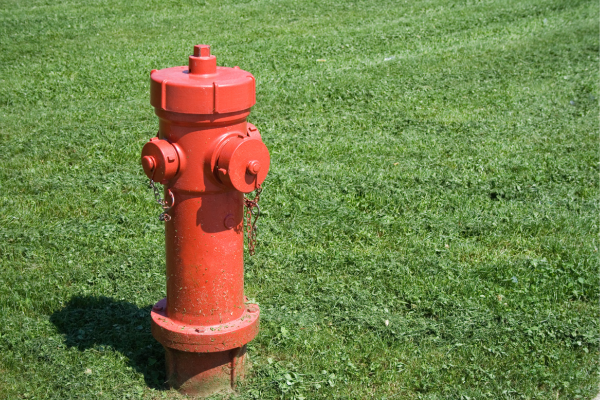
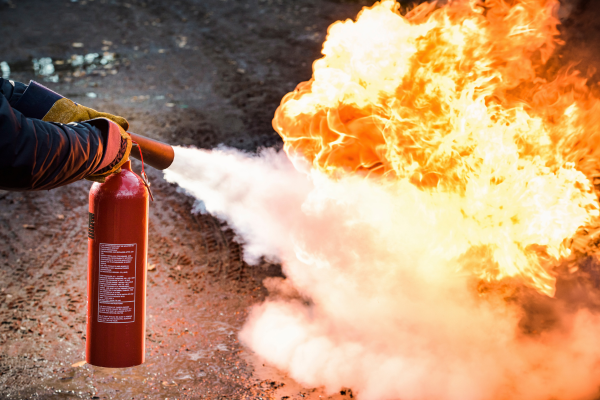
Fire Suppression Systems
Fire suppression systems use various methods to control or extinguish fires. They include options like chemical agents, gases, or foam that quickly put out fires without causing significant damage.
These systems use water to extinguish fires. They include traditional fire sprinklers and water mist systems that release fine water droplets to cool and suppress flames. Ideal for general use in many environments.
Foam systems use a mixture of water and foam concentrate to create a blanket that smothers fires, especially those involving flammable liquids. They are effective for preventing re-ignition and are commonly used in industrial and aviation settings.
CO2 systems release carbon dioxide gas to displace oxygen and suffocate the fire. They are suitable for areas with sensitive equipment, such as data centers, because they leave no residue.
These systems use chemical agents, like FM-200 or Inergen, to interrupt the fire’s chemical reaction. They are used in areas where water or foam would damage valuable equipment, providing fast and effective fire control.
Wet chemical systems use a specially formulated solution to suppress fires caused by cooking oils and fats. They are commonly used in commercial kitchens and restaurant environments to handle grease fires effectively.
Fire Sprinkler Systems
Fire sprinkler systems automatically release water when they detect heat from a fire. Sprinklers are installed throughout buildings and activate individually based on the temperature in the area.
These are the most common type, where the pipes are filled with water at all times. When a sprinkler head activates due to heat, water immediately flows out. They are reliable and simple, ideal for environments where freezing is not a concern.
Users use a physical card or fob with embedded electronic information to gain access. The card is swiped or held near a reader, making it easy to manage who enters and exits.
These systems combine features of wet and dry pipe systems. They have a two-step activation process: a fire detection system triggers the release of water into the pipes, and then the sprinklers activate if a fire is confirmed. They are used in high-risk areas where accidental discharge must be avoided.
Deluge systems have open sprinkler heads and are connected to a water supply that is always pressurized. When a fire detection system activates, water is released through all sprinkler heads simultaneously. They are used in high-hazard areas where a large volume of water is needed quickly.
These systems use high-pressure nozzles to produce a fine mist of water. The mist cools the fire and reduces the amount of water needed compared to traditional sprinklers. They are effective in spaces with sensitive equipment or where water damage needs to be minimized.
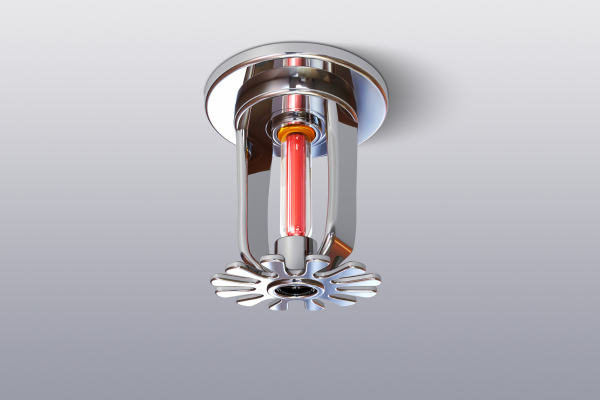
Join Us
Thermol Fire Basic Fire Security Training
At Thermol Fire East Africa, we believe that being prepared is key to staying safe. Our fire security training programs are designed to teach you and your team how to prevent, respond to, and manage fire emergencies.
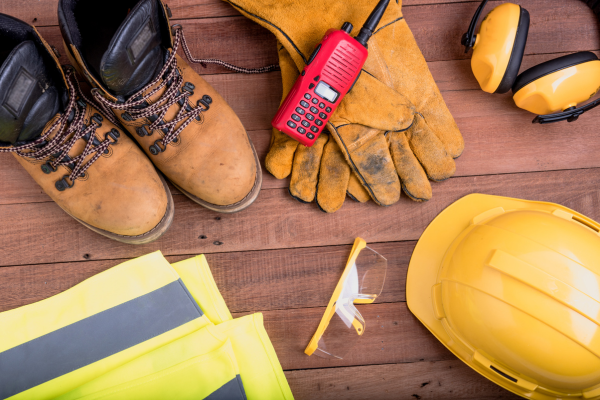
Fire, Health, and Safety Training
Comprehensive training on fire prevention, emergency procedures, and health and safety regulations. This program helps create a safe workplace by ensuring everyone knows how to act during an emergency.

Fire Drills
Practical fire drills that simulate real-life fire scenarios. Participants practice evacuation procedures, learn the use of fire exits, and understand the importance of a quick and orderly evacuation.

Fire Extinguisher Training
Hands-on training on the proper use of fire extinguishers. Participants learn about different types of extinguishers, how to operate them, and effective techniques for putting out different types of fires.

Fire Warden Training
Specialized training for fire wardens. This program covers fire risk assessment, evacuation coordination, and the use of fire safety equipment. Fire wardens learn to lead and assist during emergencies.

Emergency Response Training
Training on how to handle various emergency situations, including fires. The program covers emergency planning, communication strategies, and coordination with emergency services. Participants learn to manage panic, provide first aid, and ensure safety during emergencies.

Fire Suppression System Training
Instruction on the operation and maintenance of different fire suppression systems, including water-based, foam, CO2, clean agent, and wet chemical systems. This training ensures that participants can effectively use and maintain these systems in case of a fire.

